One of the first things new full time RVers need is an address. Your insurance will ask where your RV is “located” most of the year, your driver’s license needs your physical address, and if you want to register to vote, it all requires a physical address.
You first step is to choose what state you are going to call your new home. There a several states to choose from, including Texas, Florida, South Dakota, and a few others. You’ll want to research states that work for full time RVers and choose the one that best fits your needs.
When it was time for us to go full time, we chose Florida because it’s where we planned to spend our first few winters as full timers, there is no yearly state inspection, no state income tax, and a few other things that made it more convenient for our situation.
Once you have your state chosen, you will need to create an account with one of the mail forwarding services for that state. Your options include Escapees in several of the full timer states and, our chosen service, St. Brendan’s Isle in Florida.
Once you have your account and address set up, it is simply a matter of visiting the state’s DMV website, and determining what you need to start transfering your license. Many times, you can also find a “How to become a resident” page that is great for full time RVers. For example, St. Brendan’s Isle has a guide to becoming a Florida resident.
With your state residency changed and your mail forwarding account created, you are now ready to start handing out your shiny new address to any organization that needs it.
Not sure how to get all the mail that your mail forwarding will be accumulating? Need to just get a few items, without the need to change residence?
We have a post for how to receive your mail on the road too!
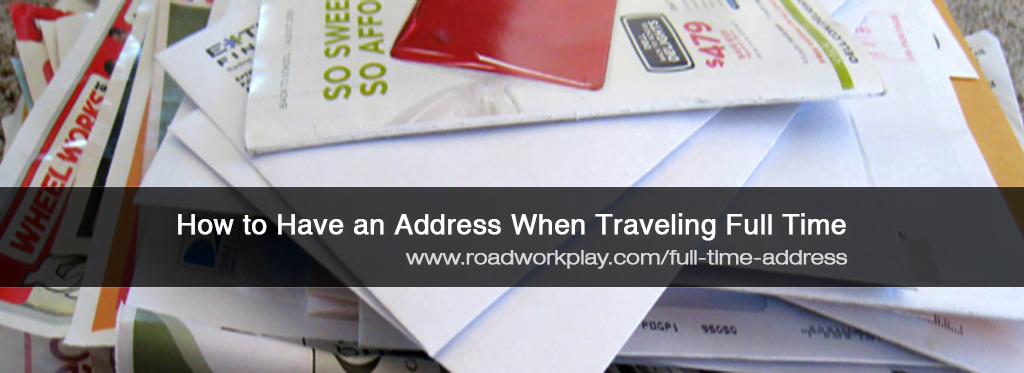

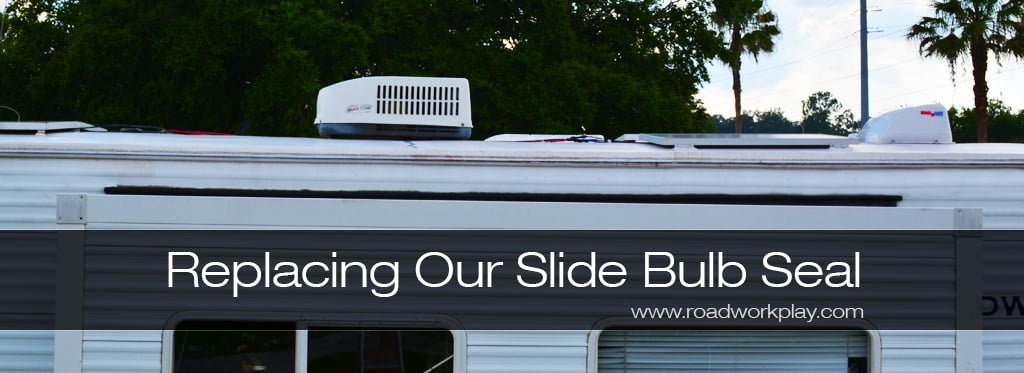



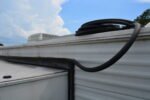


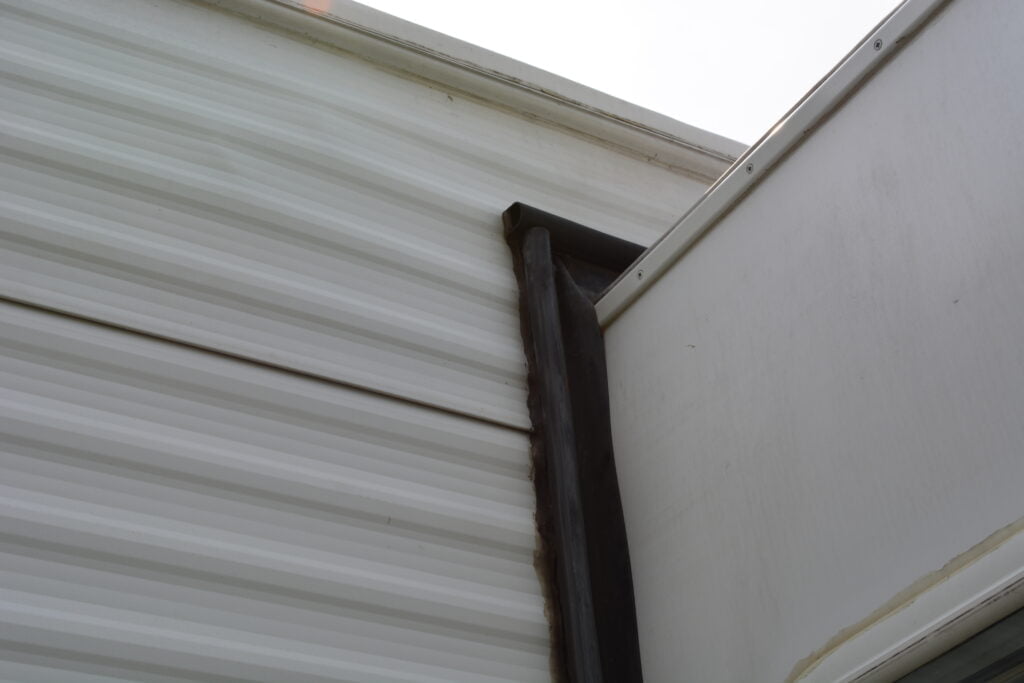
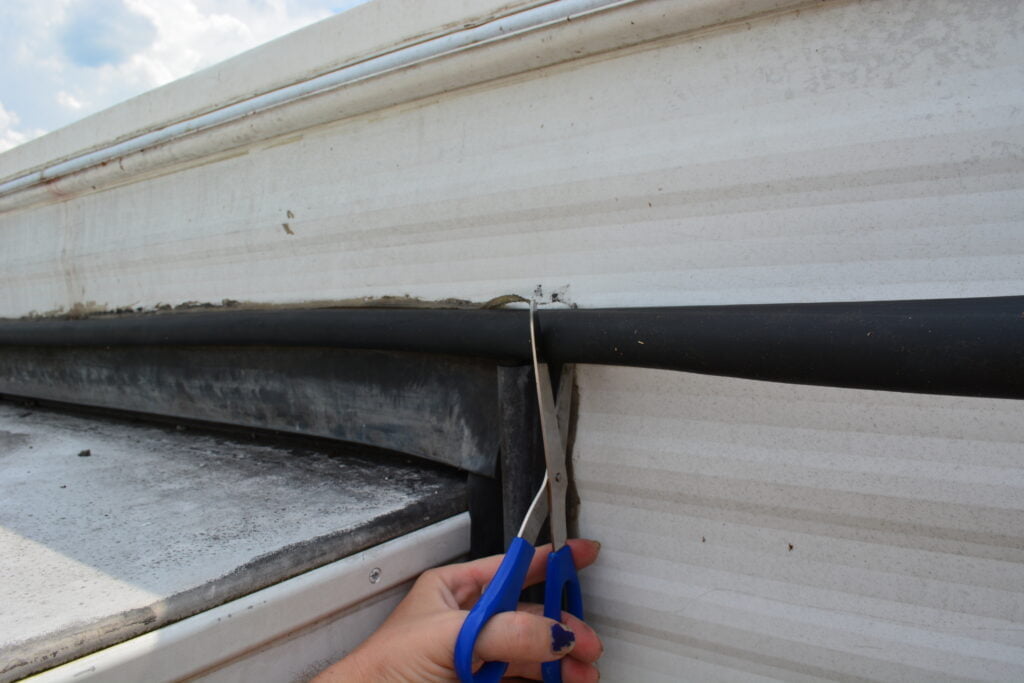

















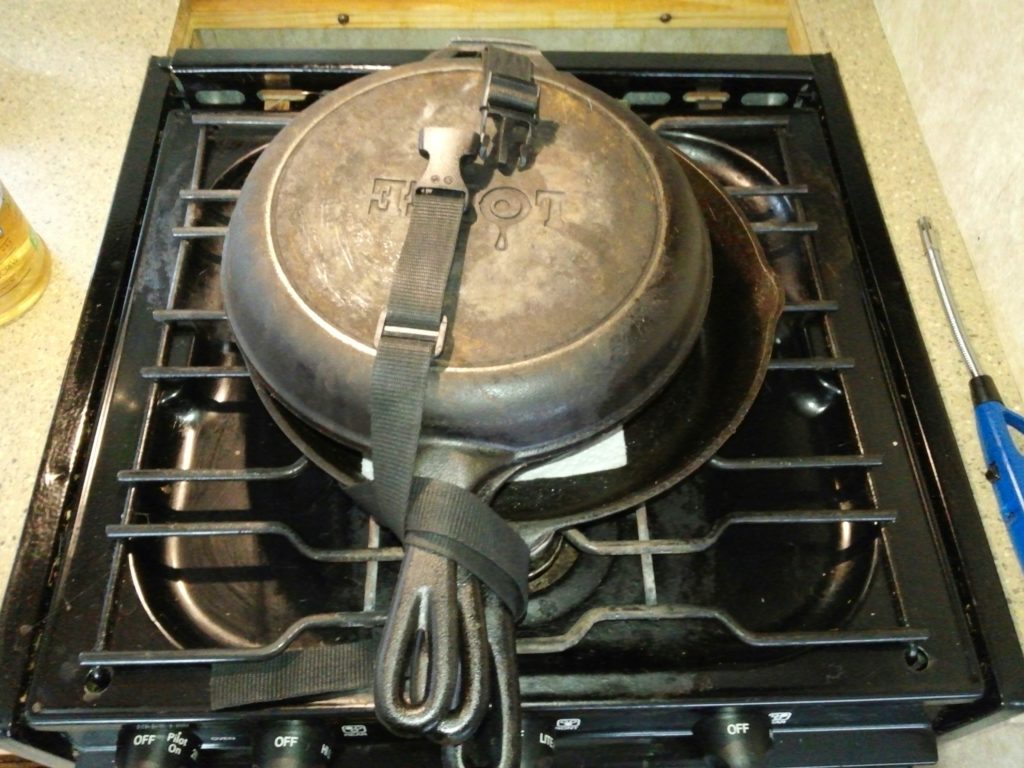



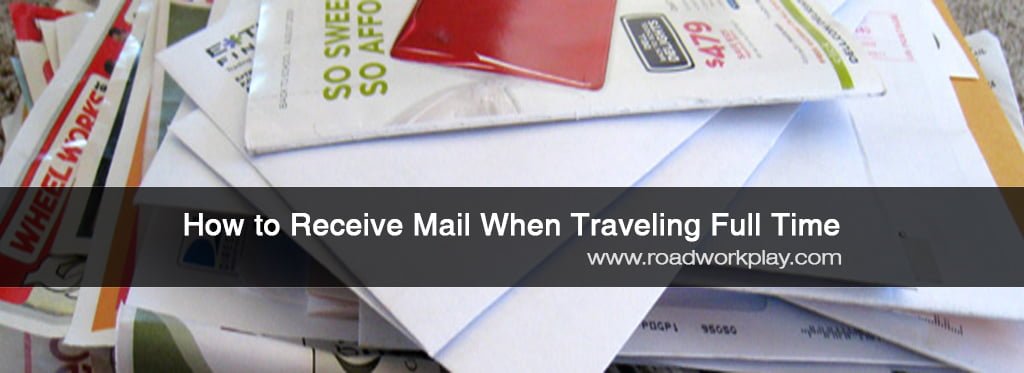


 The easiest solution we have found for receiving a UPS package is to simply have it sent to a UPS store. There is a fee associated with this, usually around $5, but it gives you a location where someone will receive the package, and it will be safely held for you until you arrive.
The easiest solution we have found for receiving a UPS package is to simply have it sent to a UPS store. There is a fee associated with this, usually around $5, but it gives you a location where someone will receive the package, and it will be safely held for you until you arrive.